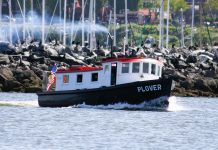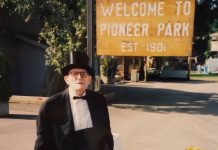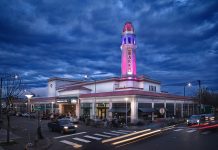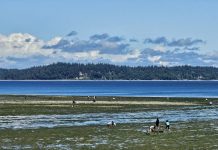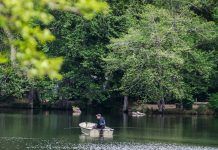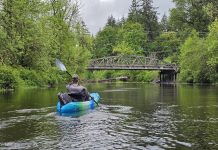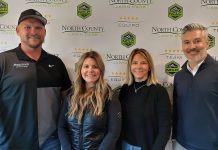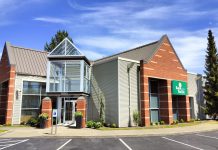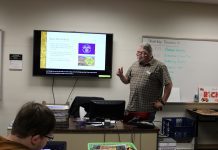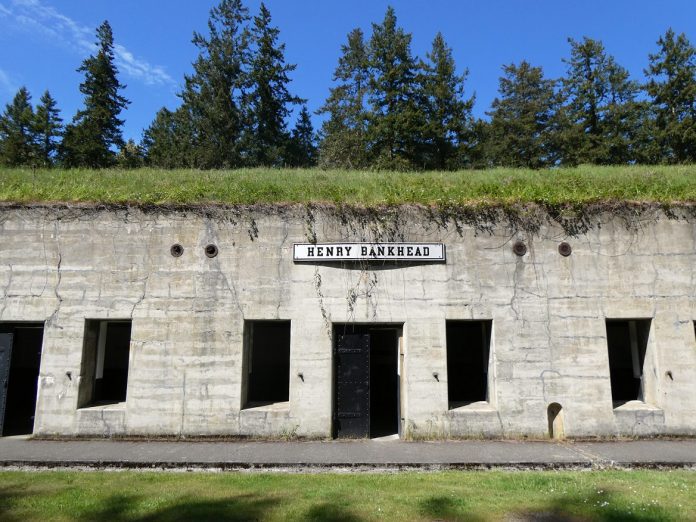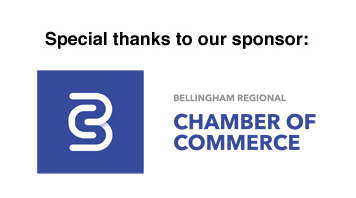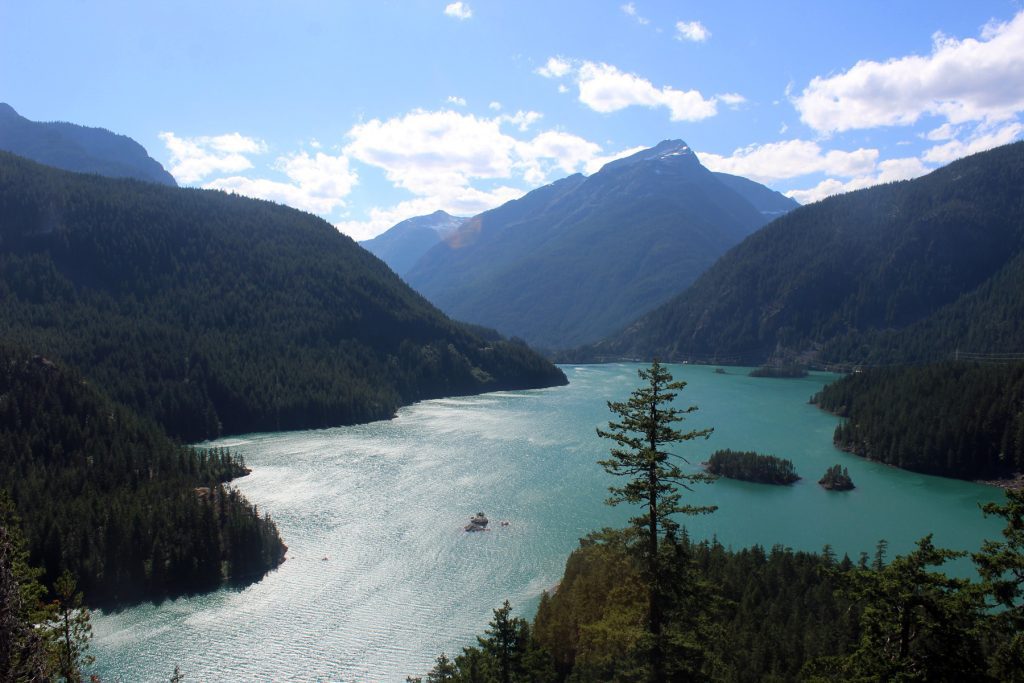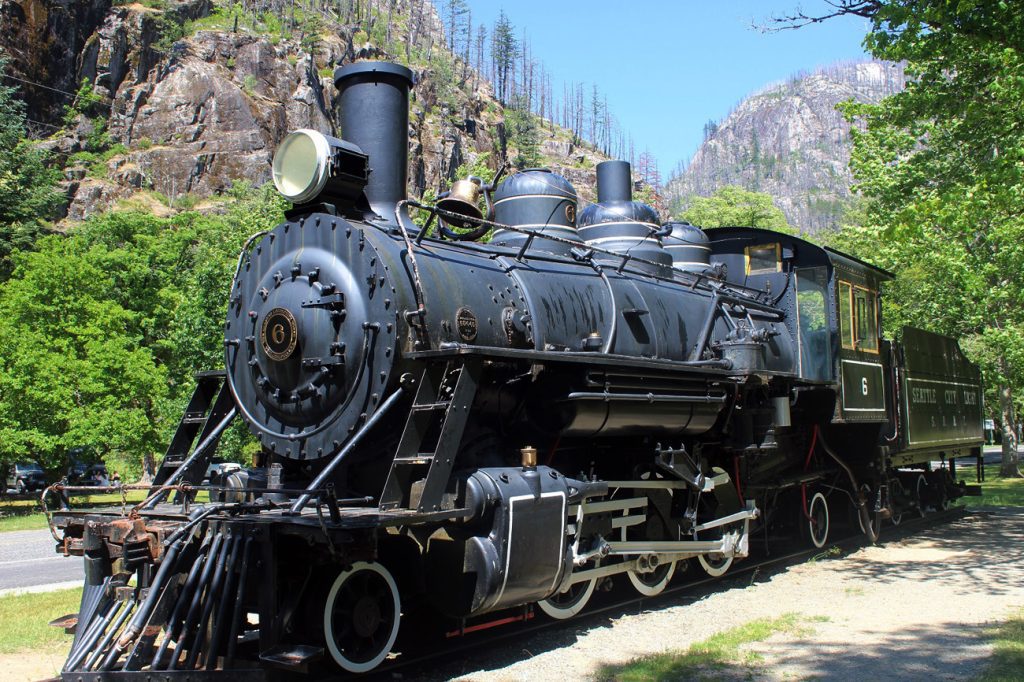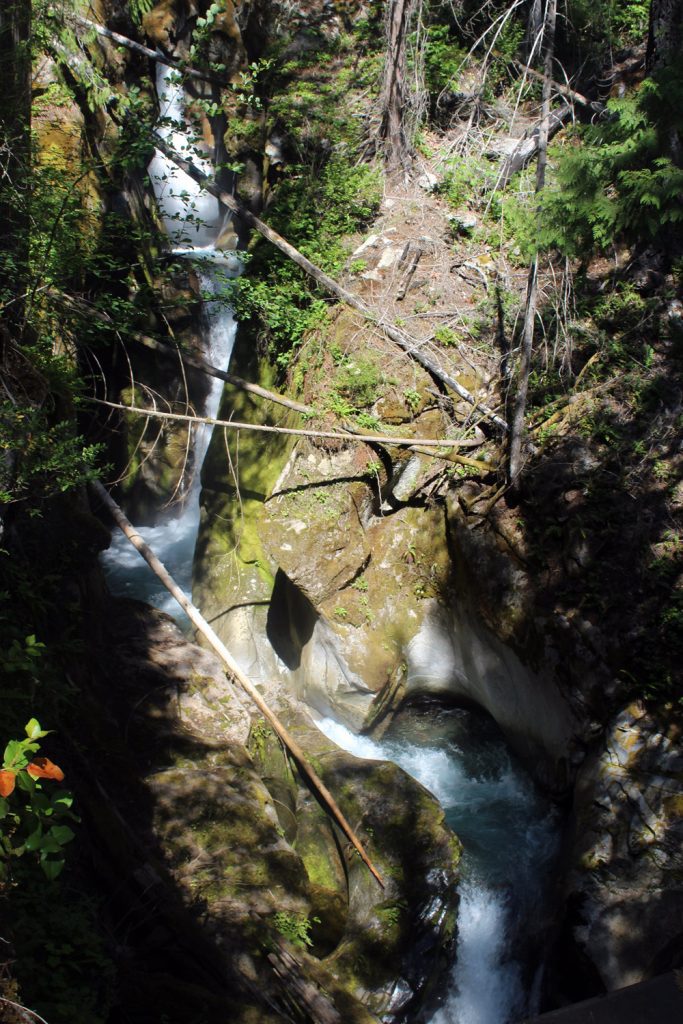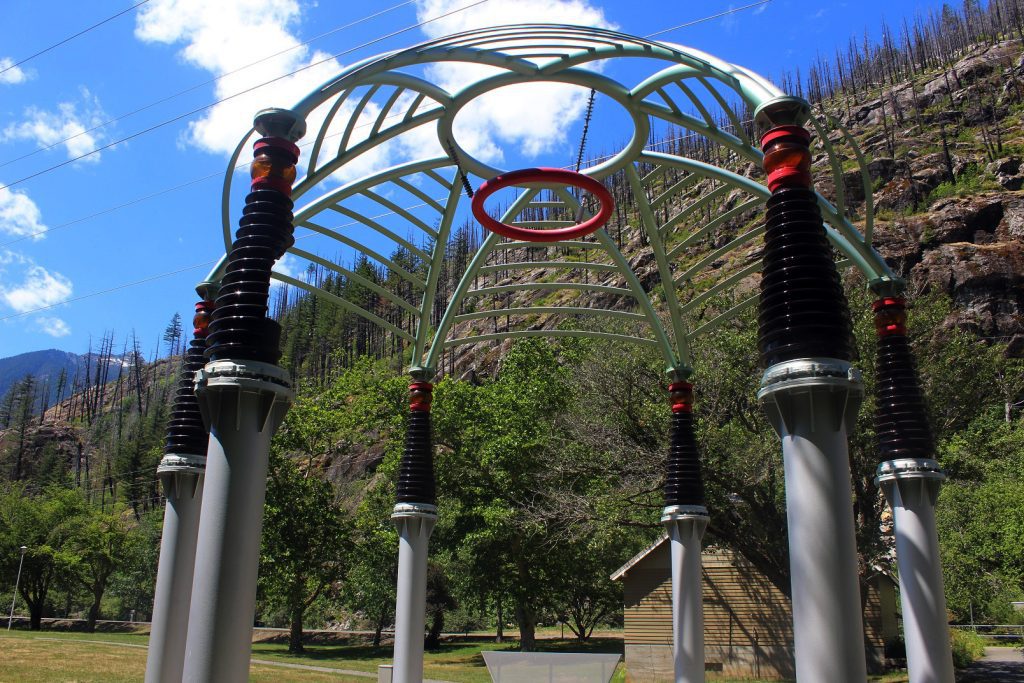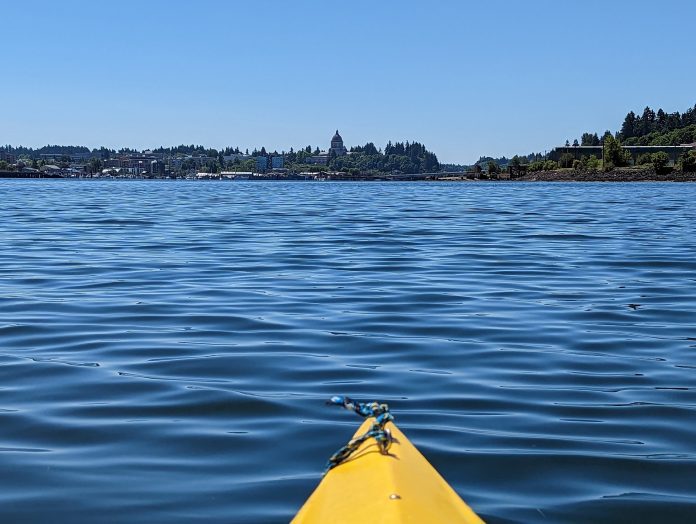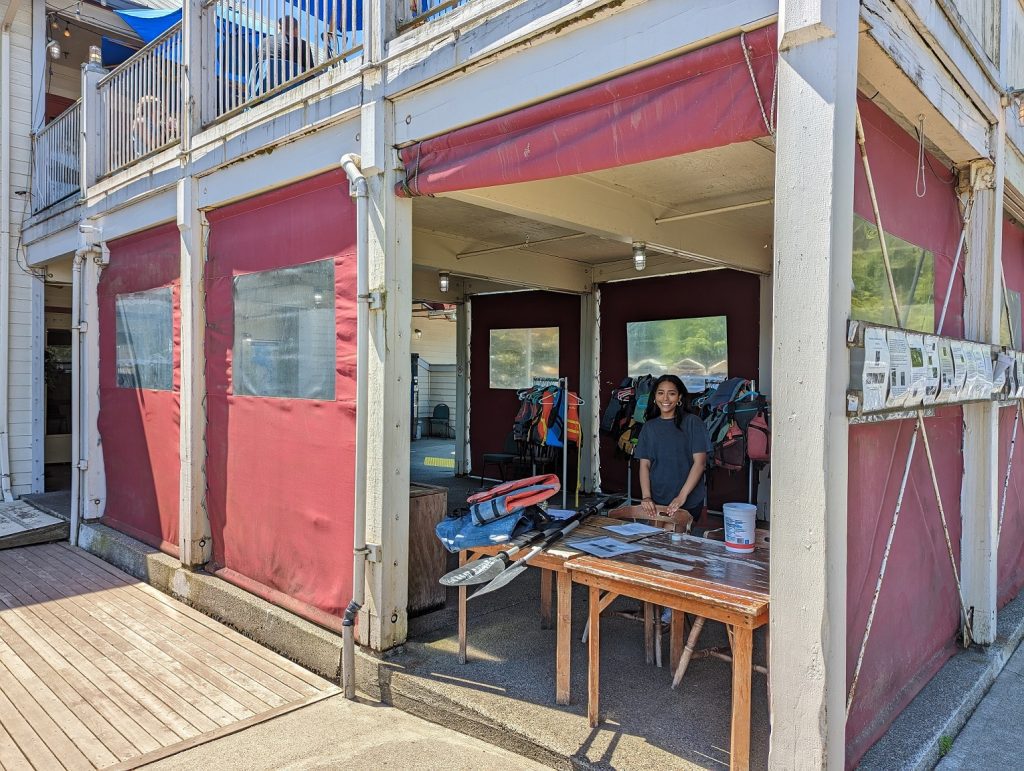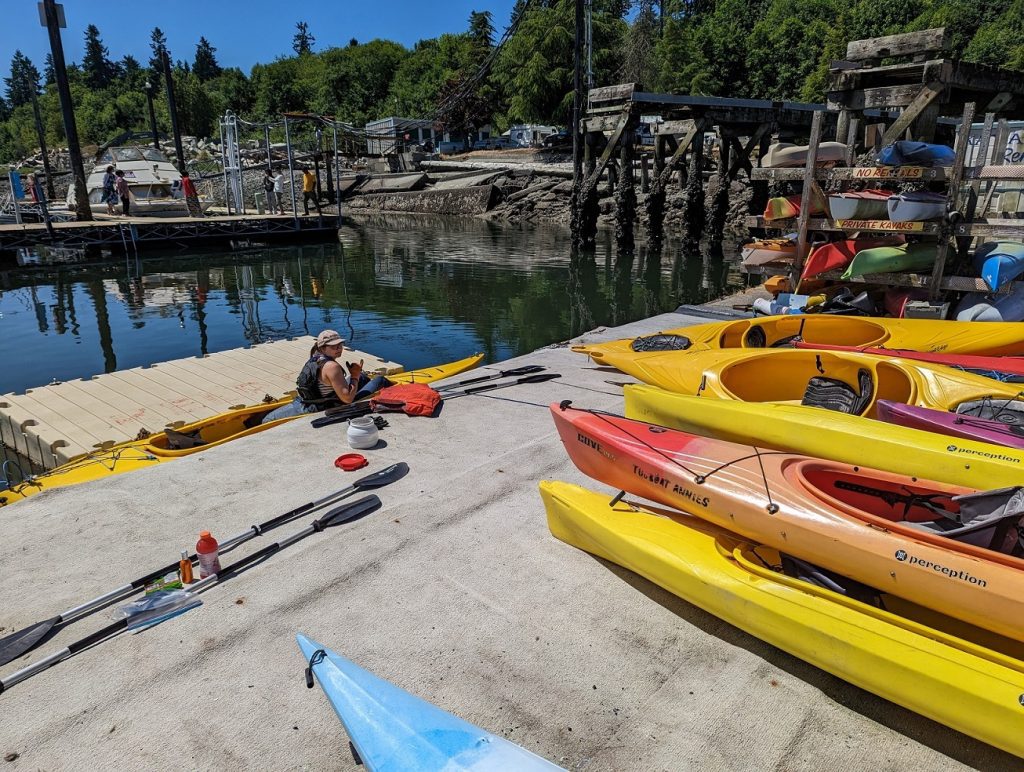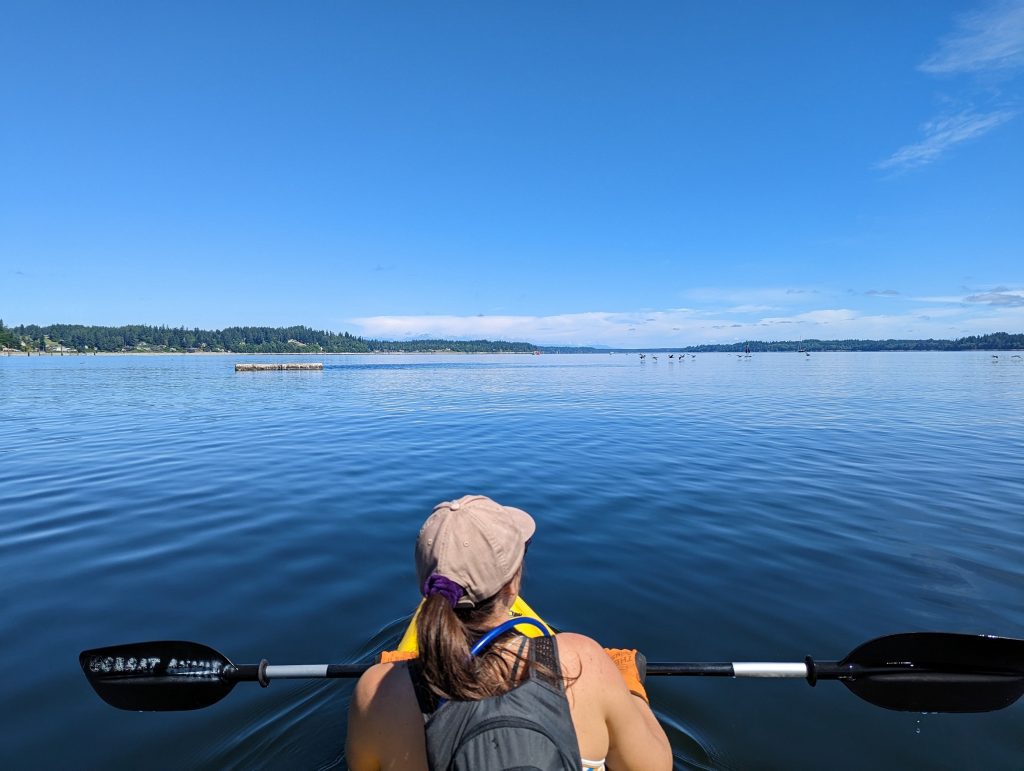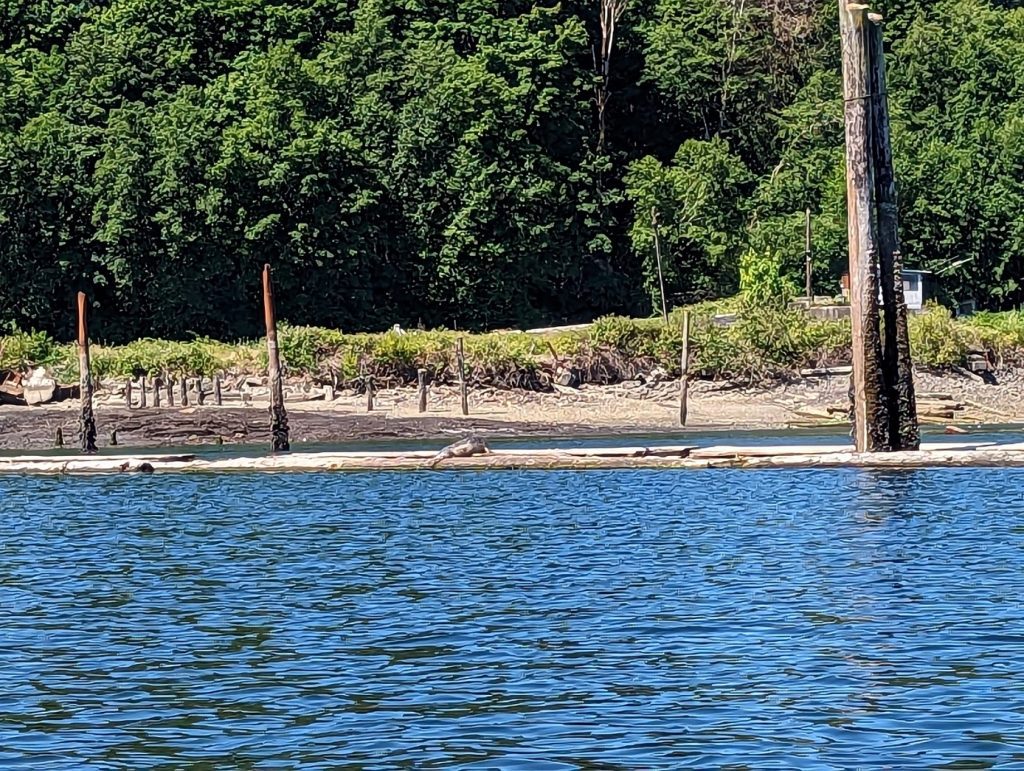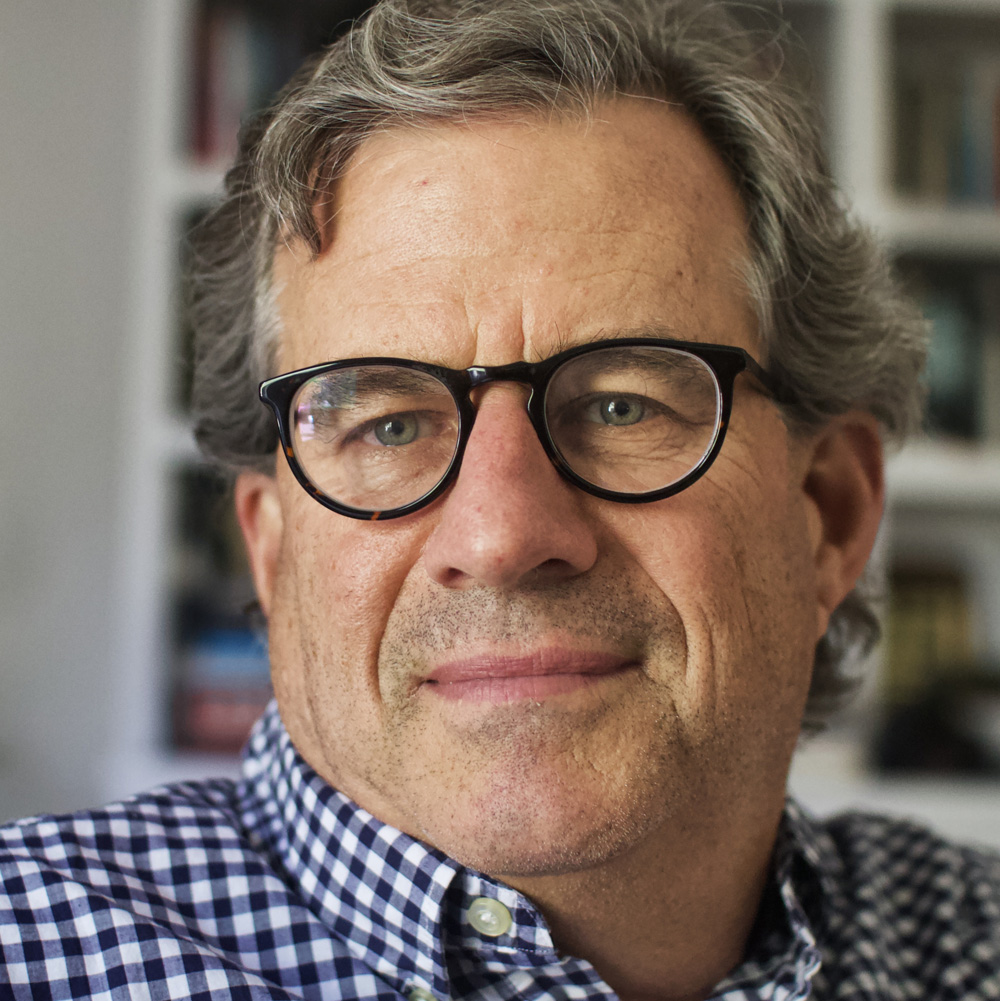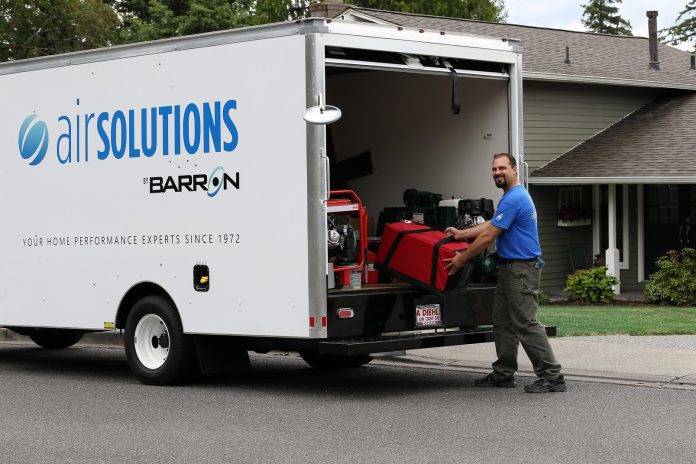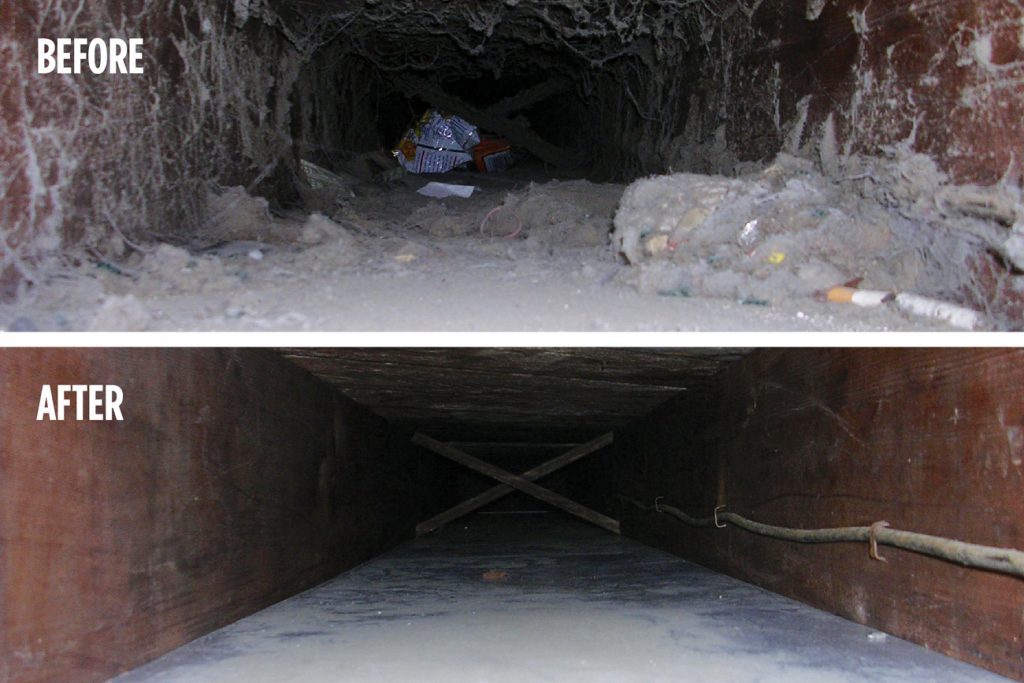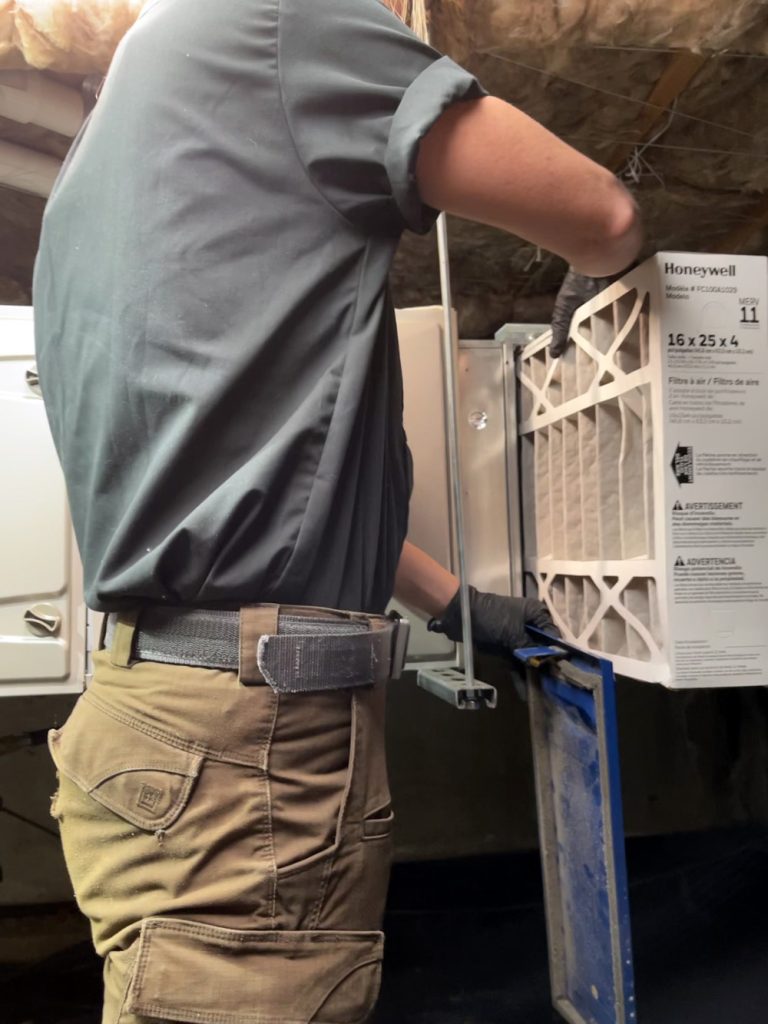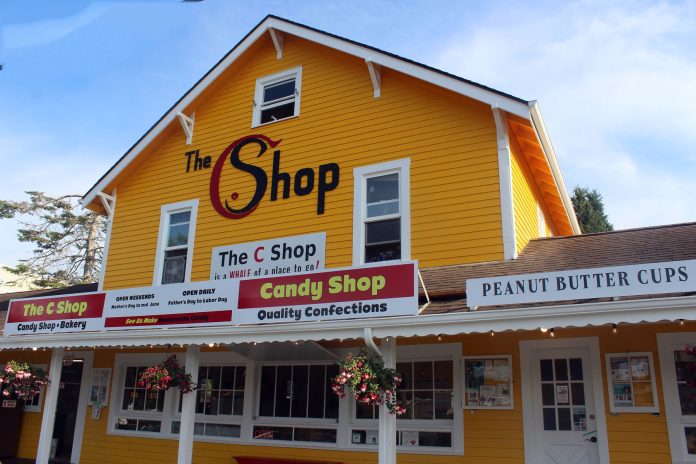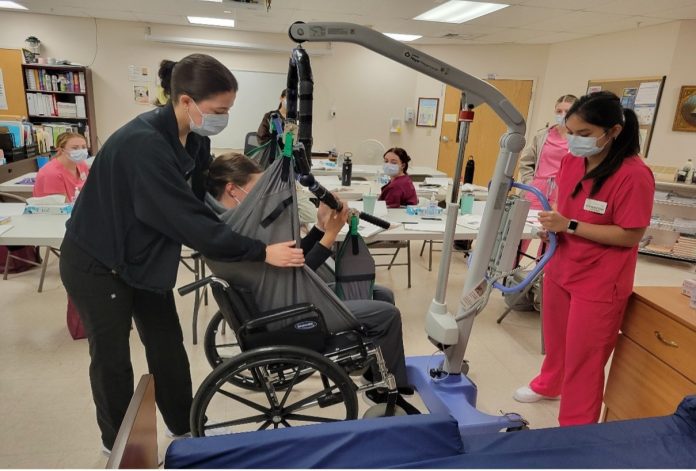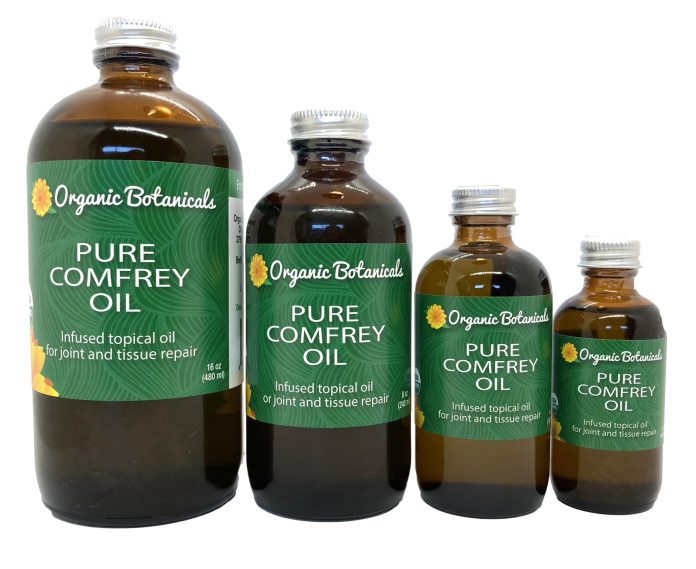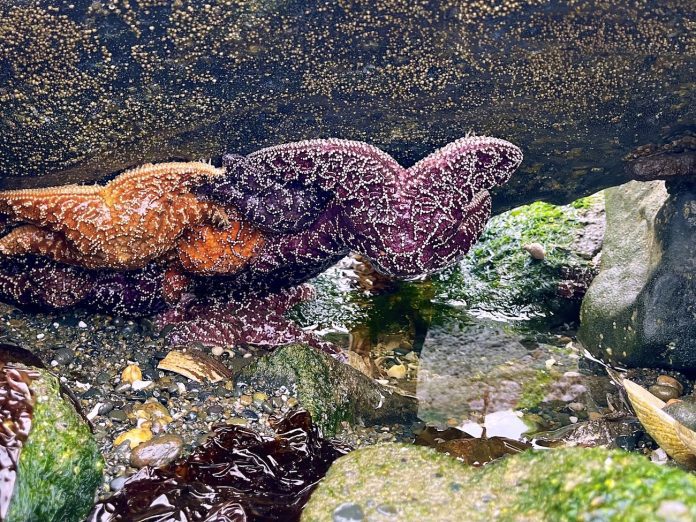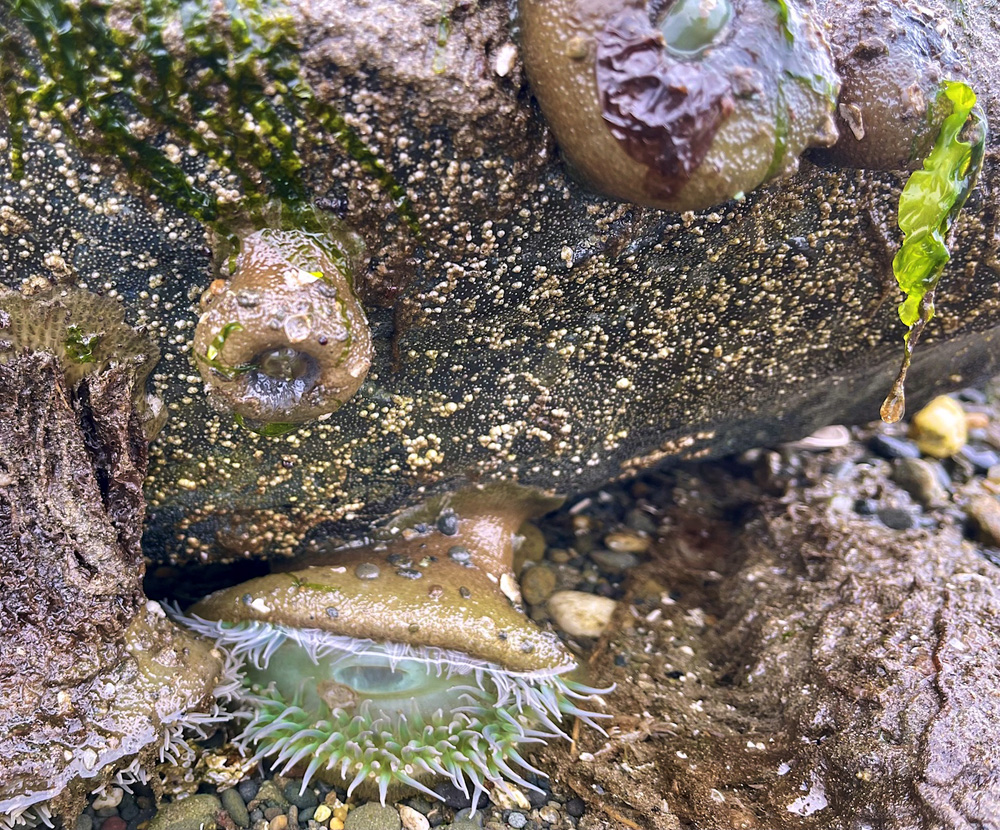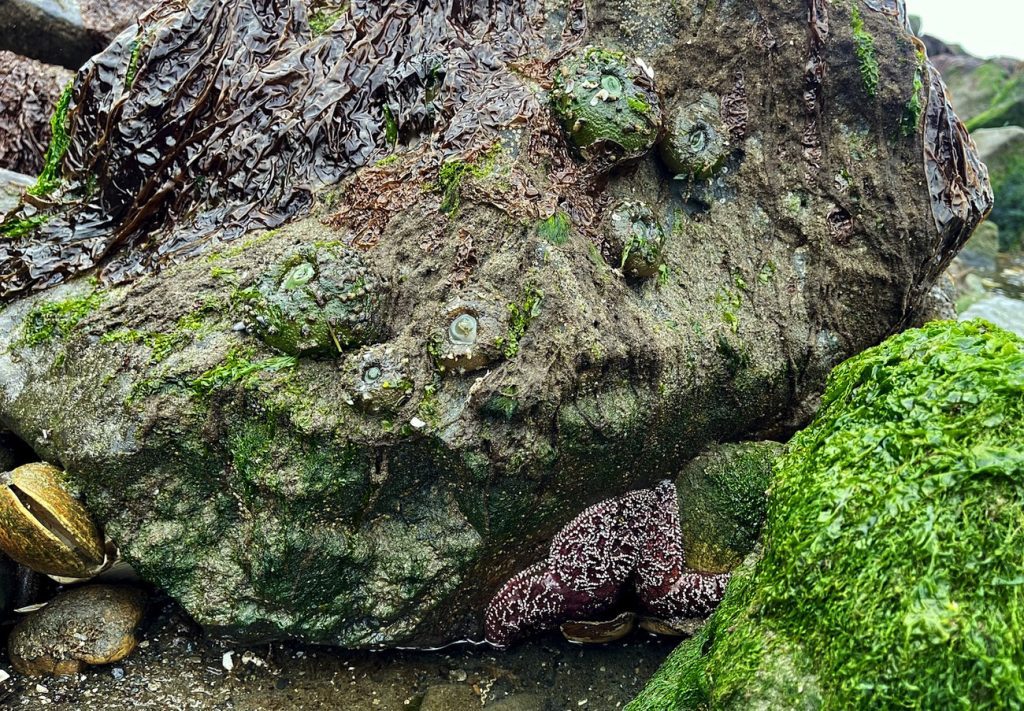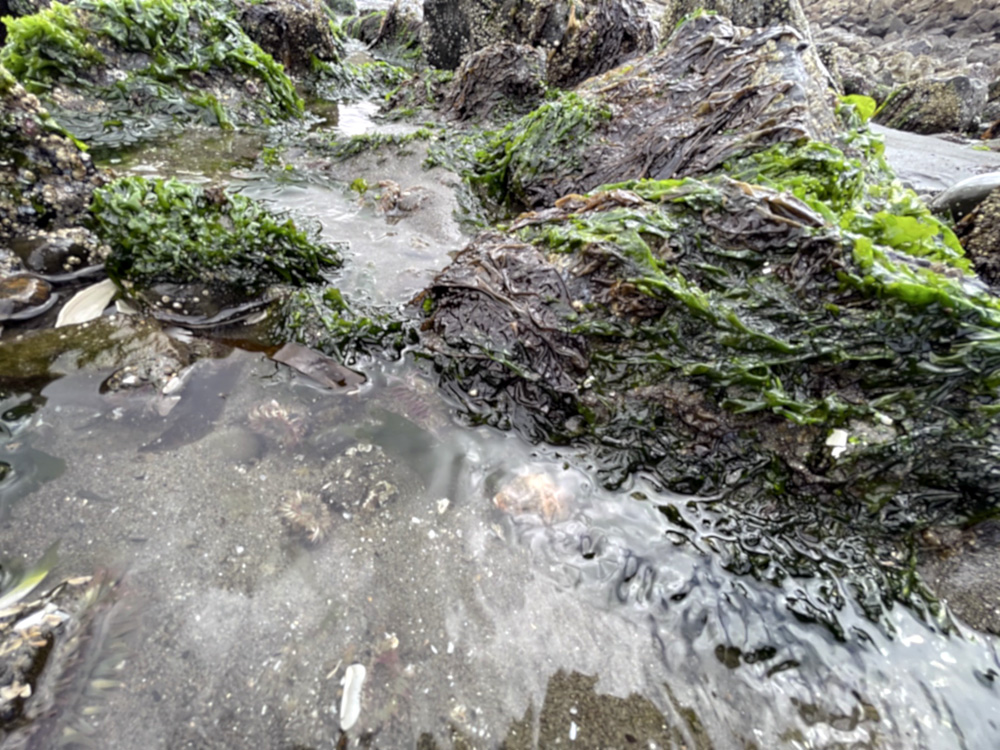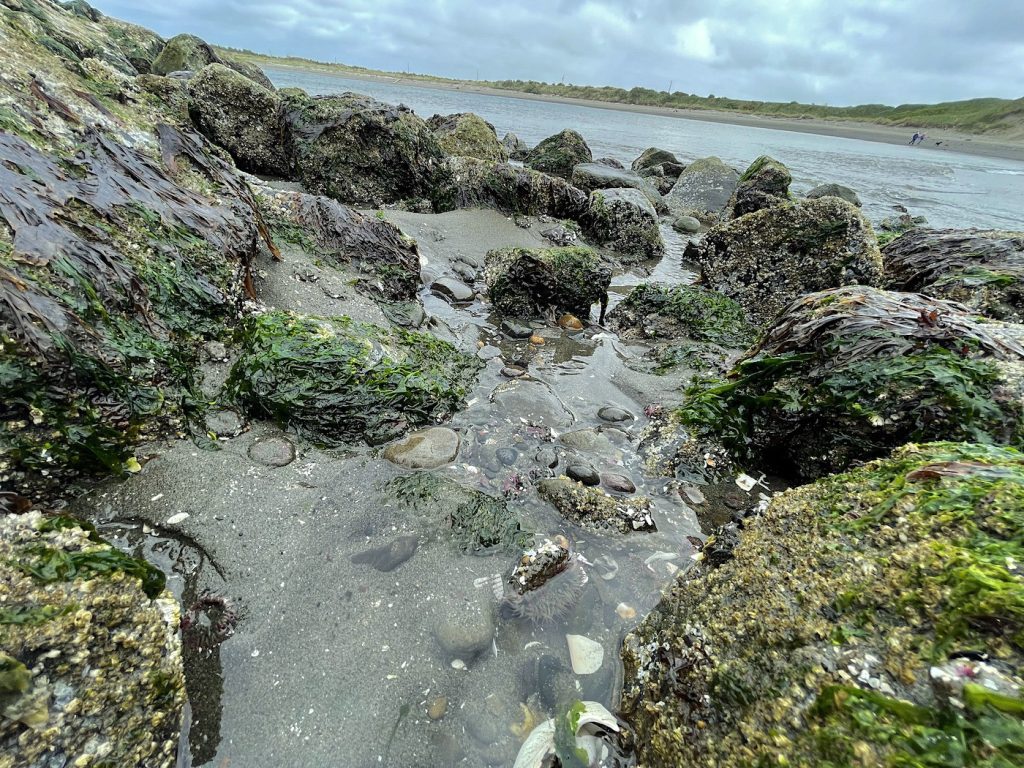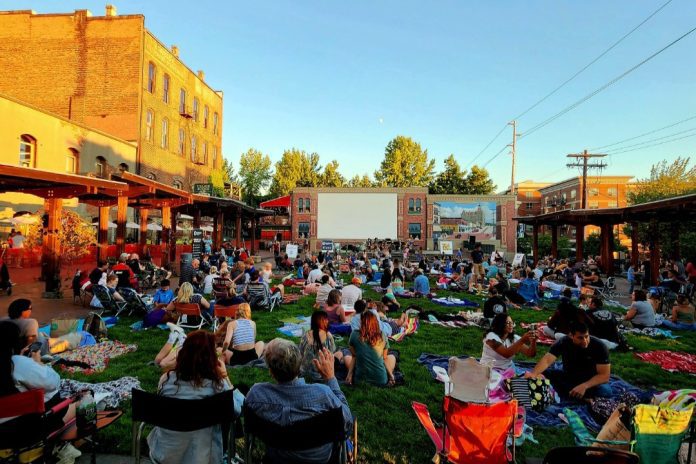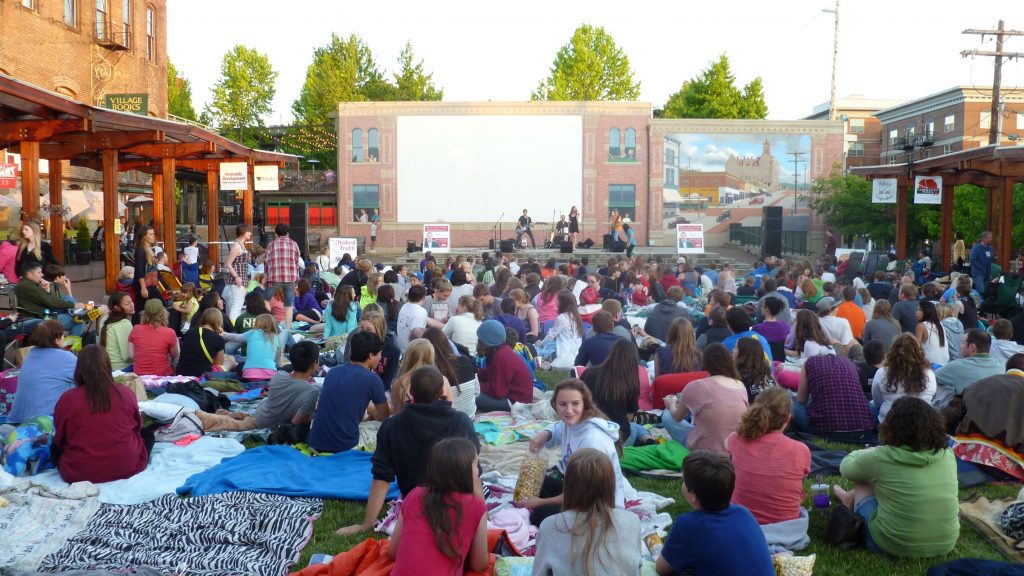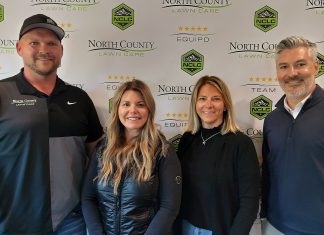Jefferson County is known for being the gateway to the Puget Sound and home to the start of the Hood Canal. It offers access to the Olympic National Forest and the bustling historic town of Port Townsend. Jefferson County also offers learning opportunities for all ages. Whether you are retired and looking to stay sharp, a parent looking for enrichment for your child, or somewhere in between, Jefferson County has something to offer.
History Trips in Jefferson County
From self-guided learning to full-on emersion, there are a plethora of ways to get educated in Jefferson County.
As you tour the area, the most apparent learning is the many historical signs and placards. The historic Fort Flagler, Fort Townsend, and Fort Worden are filled with relics of years past. As you meander the trails, markers explain the bustle of military activity that used to occur in the area. Batteries whose construction stands the test of time can be entered to emersed yourself in history. Accompanied by large signs and plaques, the specific purpose and history is explained.
On other signage, you may learn about the region’s rich history. From the geological past, where glaciers shaped the land and left behind a rockhounds delight, to the cultural history of the local indigenous population, there is something sure to pique anyone’s interest. To dig deeper into a subject on your own, field guides can be a great companion while on the trail or beach.
Exploring the Biology of Jefferson County
If plants and animals are what you desire to learn, the same paths can become your biology class. While there is more than a lifetime’s worth of learning about the local flora and fauna, a meandering walk can be your introductory level class, with nature as your classroom. As you leave the forts and head into the National Forest and Jefferson County Parks, you can find many trails and day-use sites identifying plants and animals that may be spotted nearby.
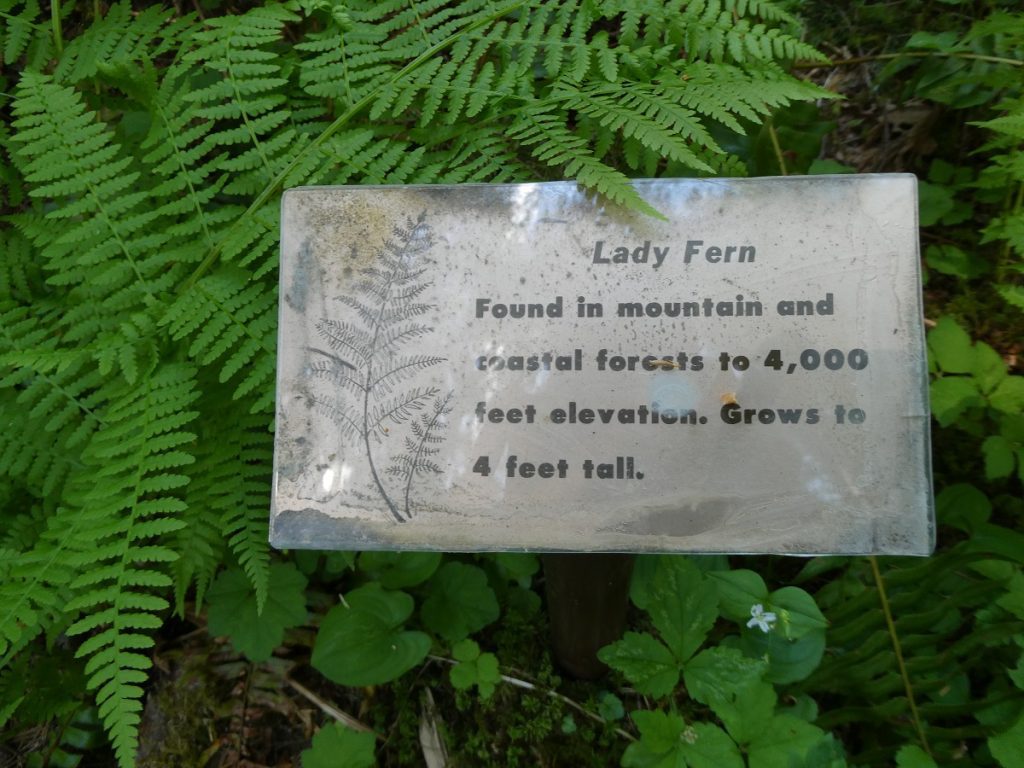
To take your outdoor education to the next level, consider finding some local experts. The Port Townsend Marine Science Center has exhibits on display for a more in-depth look at what is happening in the surrounding waters. They also offer lectures from experts in the field and have school and summer camp programs for kids.
Another option is to have Hood Canal Adventures take you on a guided tour exploring the waterways or even have you out foraging for food with a knowledgeable guide.
If your learning adventures involve interacting with plants and animals, respect the environment and be sure you have any required permits for harvesting or access.
Hands-on Learning Activities in Jefferson County
If you are a hands-on learner, the Port Townsend School of Woodworking may be worth exploring. From 2-day classes to 12-week intensives, this team of instructors covers everything from carving Indigenous paddles to building furniture. They will teach you to fall a tree, turn it into lumber, and construct a tiny house. With multiple shops at Worden, this school has taught people how to create from wood since 2007.
For more woodworking, the Northwest School of Wooden Boat Building has been educating individuals with hands-on learning for over 40 years. From 5-day intensives to 12-month degree programs, this is a unique hands-on learning environment in a world where education is becoming more digital.
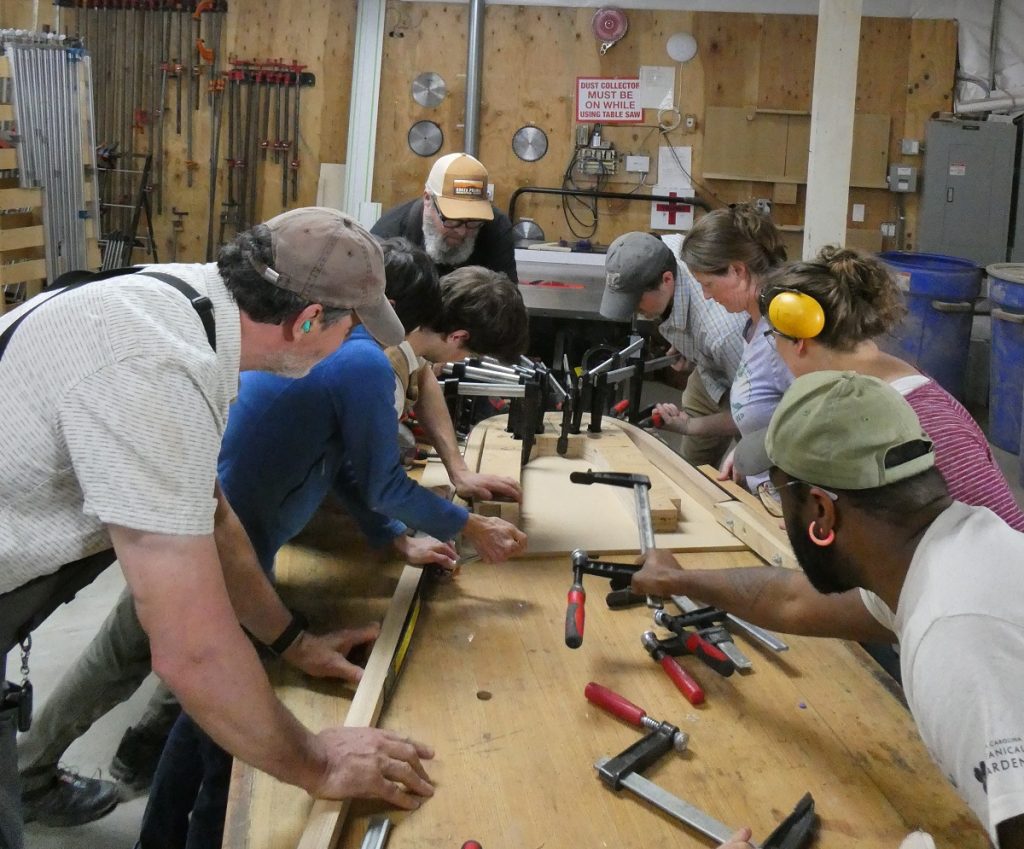
Another option for getting your hands dirty and learning is at Cedar Root Folk School on MarrowstoneIsland. At the school, there are adult and youth programs, with summer camps for kids ages 5-14. At the school, you can learn everything from how to track animals to how to cook outdoors.
To set your sites high, visit the Port Townsend Aero Museum. Here you can enjoy the vintage planes and learn their history while touring their impressive collection. They have an amazing youth program where kids can learn to fly. It is a multi-year-long process that takes time and commitment, but they will learn to fly and work on the planes, doing much of their training in the historic aircrafts on display in the museum.
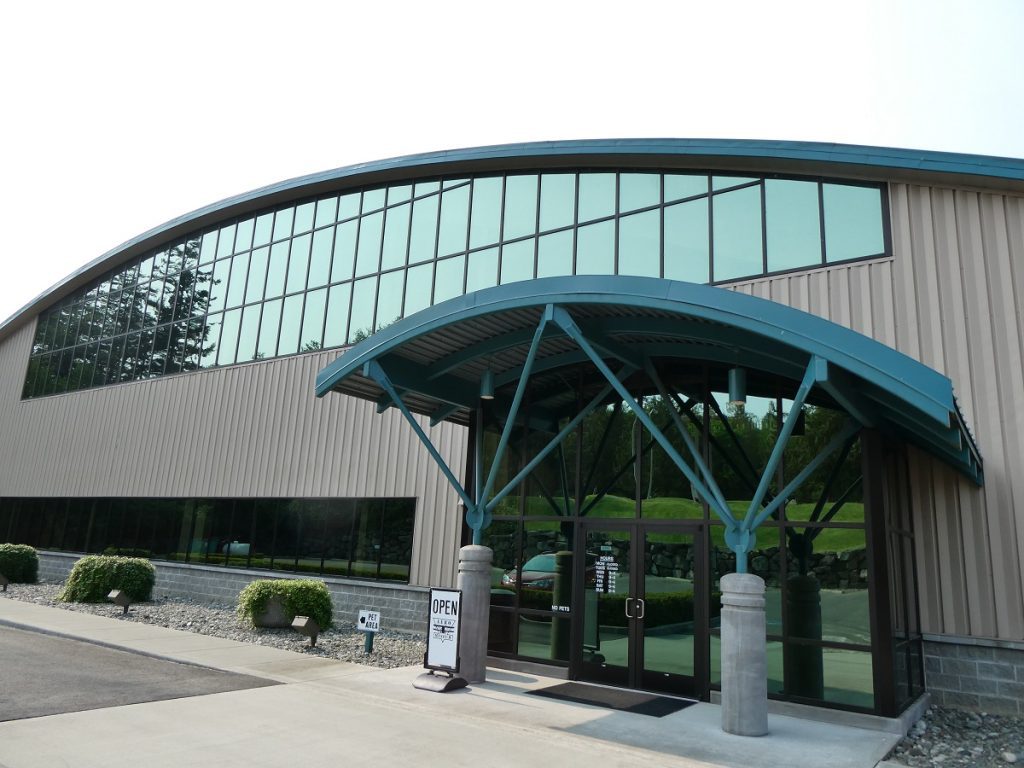
Jefferson County has a seemingly endless array of learning opportunities in what is often a place known for play or a little shopping. With various museums, writing workshops at Imprint Bookstore, art classes at Northwind Art, and a variety of other learning opportunities, if you are looking for some personal enrichment, this area of the Olympic Peninsula is a rich resource.
To learn more about planning your learning adventure in Jefferson County, visit the Enjoy the Olympic Peninsula website.







